Ojang-dong Hamheung Naengmyeon (오장동 함흥냉면)
11.7Km 2024-02-22
108 Mareunnae-ro, Jung-gu, Seoul
Ojang-dong Hamheung Naengmyeon originated when grandma Han Hyesun, who migrated from Hamgyeongnam-do to Seoul during the Korean War, began selling Hamheung-style "nongma guksu (starch noodles)," eventually naming it Hamheung naengmyeon (Hamheung cold buckwheat noodles). Its signature dish, bibim naengmyeon (spicy buckwheat noodles), features chewy noodles infused with a tangy-sweet seasoning, showcasing the expertise behind its preparation. Alongside the flavorful broth served as a base, the menu also includes variations like hoe naengmyeon (cold buckwheat noodles with raw fish), mul laengmyeon (cold buckwheat noodles), suyuk (boiled pork slices) and mandu.
Imun Seolnongtang (이문설농탕)
11.7Km 2025-06-18
38-13 Ujeongguk-ro, Jongno-gu, Seoul
+82-2-733-6526
Imun Seolnongtang has been serving its hearty seolleongtang for over a hundred years since it first opened in 1907. Even its name has a long history: the word imun comes from Imun-gol, the now-obsolete name of the restaurant’s location, and seolnongtang, an old variation of the word seolleongtang. During the Japanese colonial rule, the restaurant’s regular customers included Gijeong Son, the marathon gold-medalist at the 1936 Berlin Olympics. The meal served at this restaurante is reputed to stay consistent from the Japanese colonial period.
Sinheung Yukga (신흥육가)
11.7Km 2021-03-19
15, Samil-daero 20-gil, Jongno-gu, Seoul
+82-2-2273-1123
A barbecue specialty restaurant located in Jongno, Seoul. The most famous menu is grilled pork belly. Try the iberian secret (or secreto ibérico).
Seungdong Church (승동교회)
11.7Km 2020-04-02
7-1, Insadong-gil, Jongno-gu, Seoul
+82-2-732-2340
Seungdong Presbyterian Church was designated Tangible Cultural Asset No. 130 by the Seoul Metropolitan Government on April 6, 2001. Originally known as “Gondanggol Church,” the church was established by Samuel Foreman Moore (1860-1906) in 1893. In those days, the church was known as a “baekjeong church” since it primarily drew Korea’s social underdogs such baekjeong (the butchers), the untouchable class of Joseon society.
Following a number of relocations and name changes (called “Gondanggol,” “Jungang,” and finally “Seungdong”) the church was moved to its current location in Insadong. After Moore died in 1906, Charles Allen Clark became the pastor of the church and Mongyang Yuh Woon-hyung, a key figure in the political history of Joseon, became active in the church. The church was attended by many other activists as well. In fact, the large student demonstration that took place during the March 1st Independence Movement in 1919 was organized by a group of young church members. The church once again made its mark on history with the establishment of the Joseon Theological Seminary in 1939.
Seungdong Church (B1-2F) covers a total of 660 square meters. No record has been found on its architect or builder, but the building is said to have been one of the more magnificent buildings in the area before its beauty was obscured by newer structures.
Jongno 3 (sam)-ga Pocha Street (종로3가 포장마차 거리)
11.8Km 2025-03-15
12-1, Gwan-su-dong, Jongno-gu, Seoul
It is one of Seoul's representative Pocha Streets boasting history and tradition. When you come out of Jongno 3-ga Station, exit 6 (toward the Nakwon Music Mall), you will find a lot of food stalls with a crowded atmosphere. There are vinyl covered areas and open areas, so you can choose according to your taste. It is a heaven for snacks such as Chicken feet, Octopus, Udon Kimchi Pancakes, and Rolled Omelet.
Korea Grand Sale (코리아그랜드세일)
11.8Km 2024-12-16
29 Insadong 5-gil, Jongno-gu, Seoul
+82-70-7787-4242
Korea Grand Sale is an integrated festival that promotes culture, tourism and shopping to international visitors. While the Korea Grand Sale online platform provides various content and promotions throughout the year, it offers the biggest discounts and programs through offline events in January and February.
Kumkang - Jongno Branch (금강제화 (종로지점))
11.8Km 2021-07-19
89, Jong-ro, Jongno-gu, Seoul
+82-2-733-2744
Kumkang Shoes is Korea's leading fashion retailer specializing in formal, casual and athletic footwear, as well as trendy clothing and accessories. Located in central Seoul, Kumkang Jongno is easily accessible from major shopping areas such as Insa-dong and Dongdaemun Market. Moreover, this Kumkang branch has a tailor shop that provides tailoring and repair services.
Jogyesa Temple (조계사(서울))
11.8Km 2024-10-25
55 Ujeongguk-ro, Jongno-gu, Seoul
As the main temple as well as the district head temple of the Jogye order in Seoul, Jogyesa Temple is the center of Korean Buddhism. The temple was built in the late 14th century during the Goryeo period but was completely destroyed in a fire. It was rebuilt under the name of Gakwangsa Temple in 1910 with the effort of many respectful monks, namely Han Yong-un and Lee Hee-gwang. The temple was given a role as the head temple of Korea’s Buddhism and renamed to Tegosa Temple in 1936. In 1954, a purification drive took place to eliminate Japanese influence and revive traditional Buddhism, which established the present day Jogyesa Temple as a result.
Jogyesa Temple plays an important role in Korean Buddhism as the head temple of the Jogye order. Jogyesa Temple’s Dharma Hall serves as the main venue for several Buddhist events, holding rituals, lectures, ceremonies, and other events all year long. The annual lantern festival in celebration of Buddha's birthday also takes place at this temple.
Seonggyeong Mndu Yori Jeonmunjeom - Jongno Branch(성경만두요리전문점 종로)
11.8Km 2021-04-14
88, Supyo-ro, Jongno-gu, Seoul
+82-2-2273-9233
White jeongol (Korean-style hot pot) is soup cooked with dumplings and vegetables. The best menu at this restaurant is dumpling hot pot. This is a Korean cuisine located in Cheonggyecheon Stream, Seoul.
Tonymoly - Euljiro 3(sam)-ga Station Branch [Tax Refund Shop] (토니모리 을지로3가역점)
11.8Km 2024-06-27
B3-14, 131, Eulji-ro, Jung-gu, Seoul
-
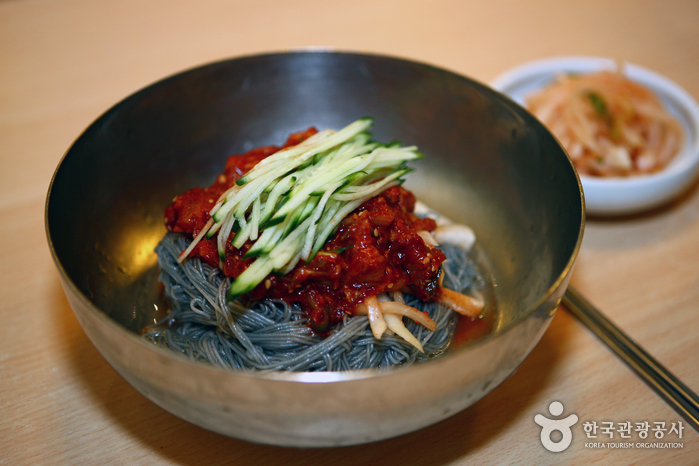

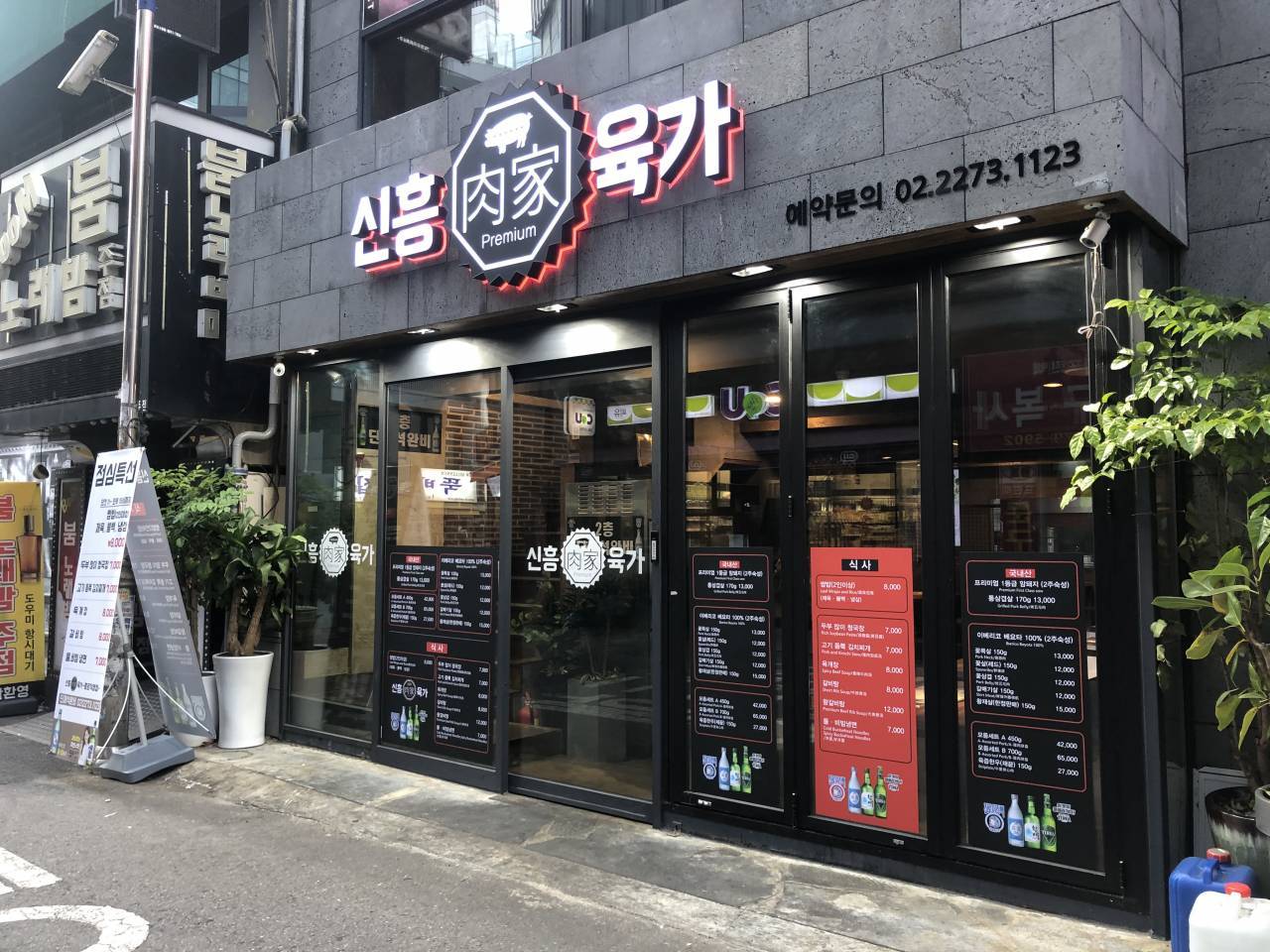
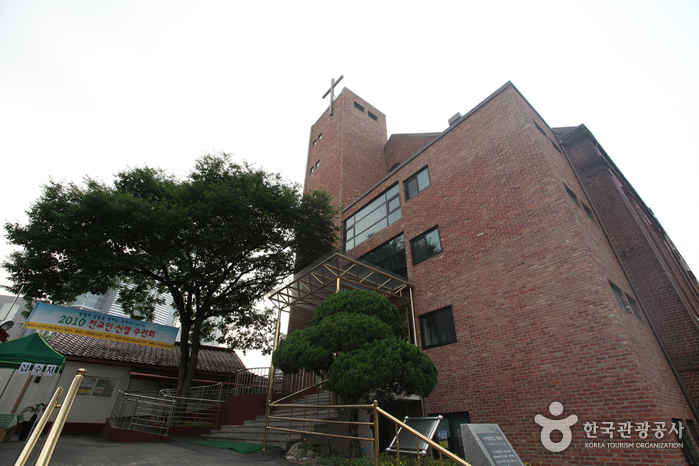
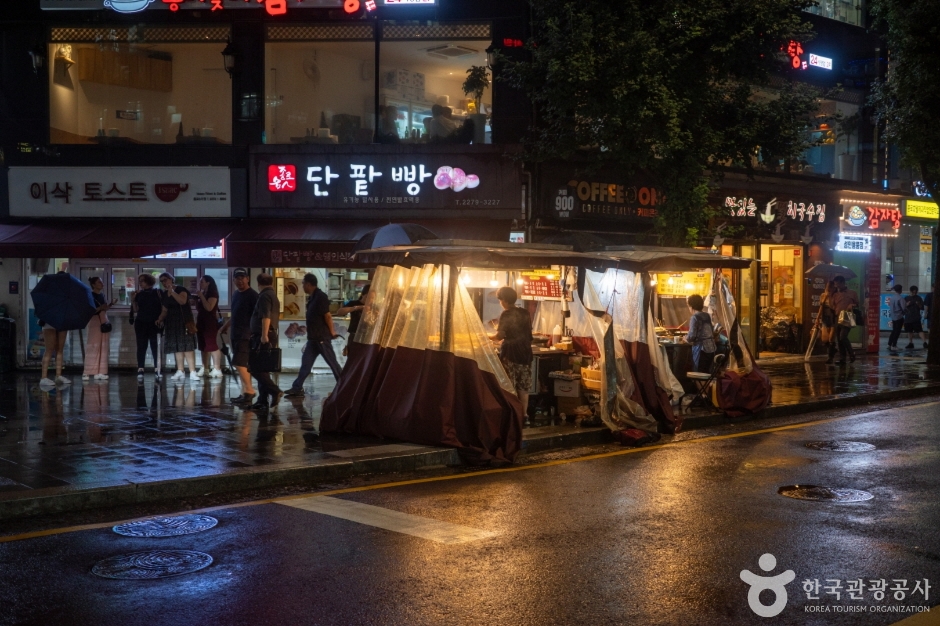
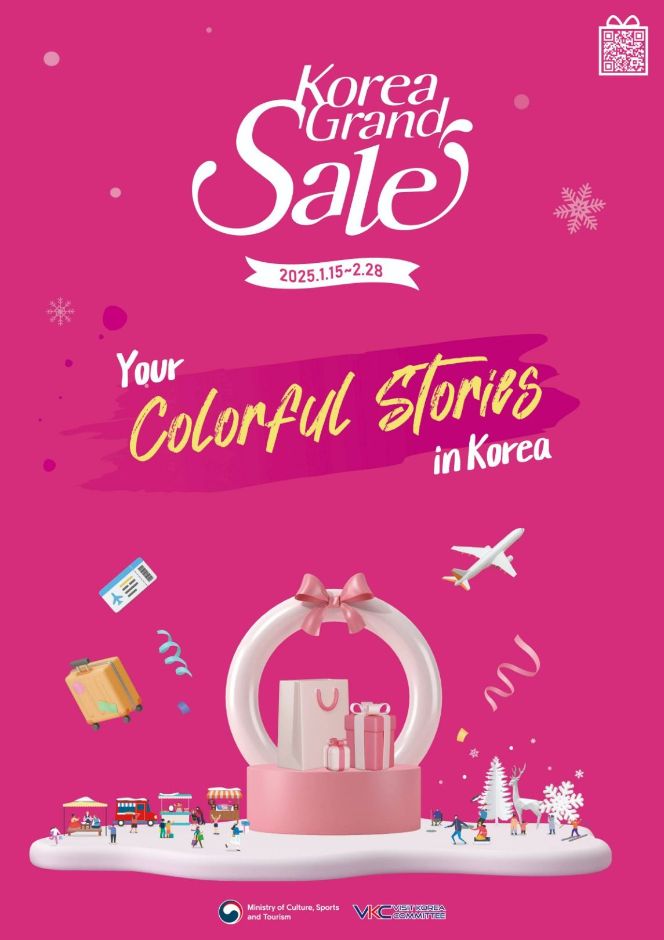
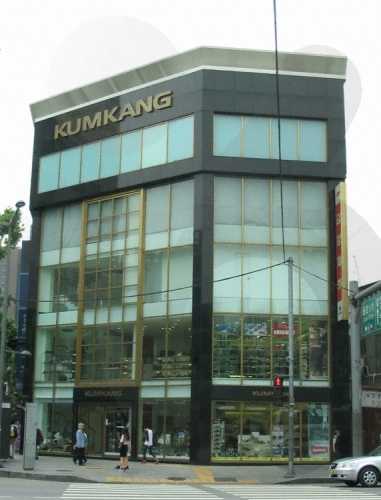
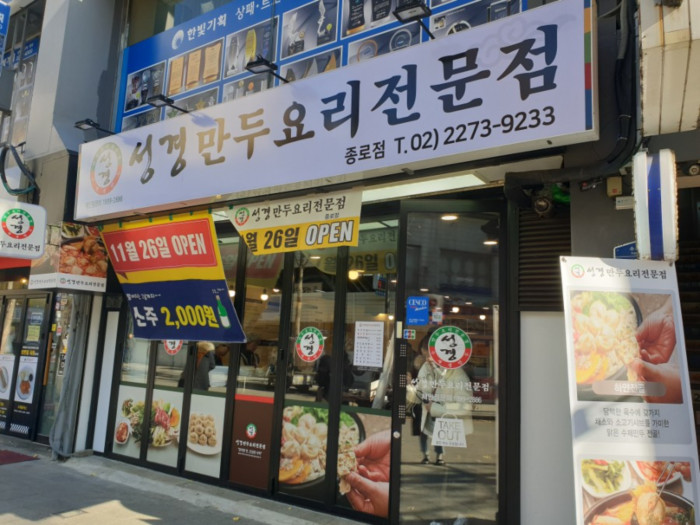
 English
English
 한국어
한국어 日本語
日本語 中文(简体)
中文(简体) Deutsch
Deutsch Français
Français Español
Español Русский
Русский